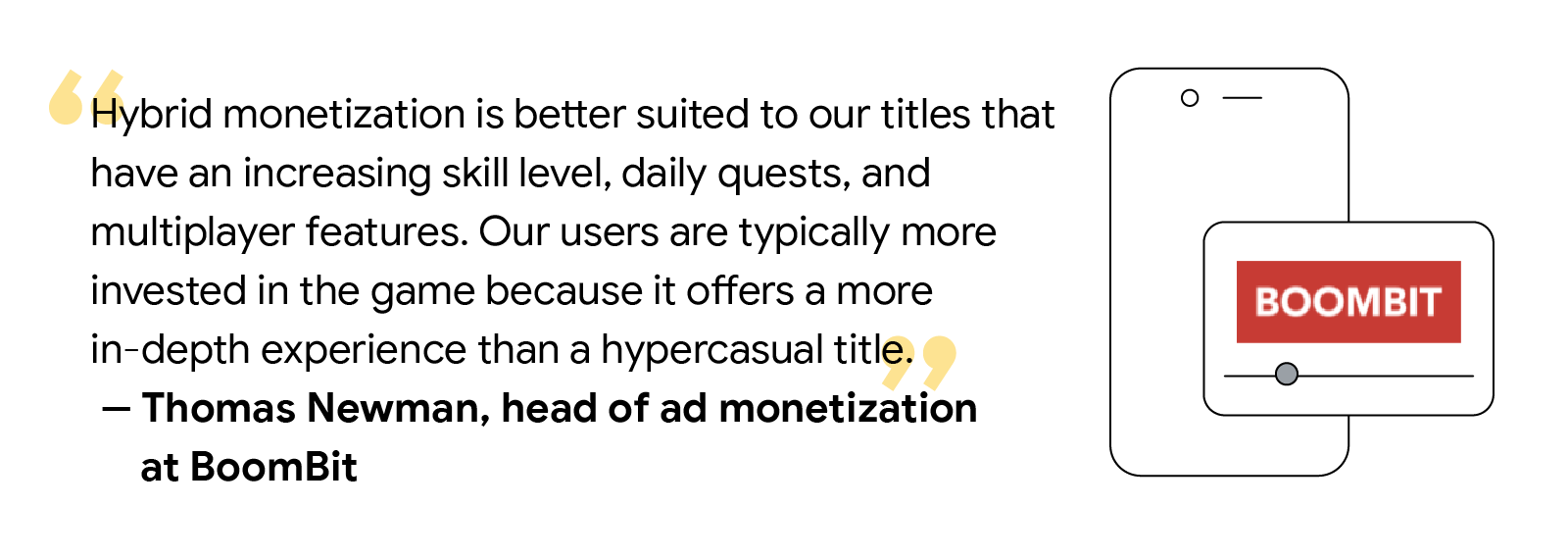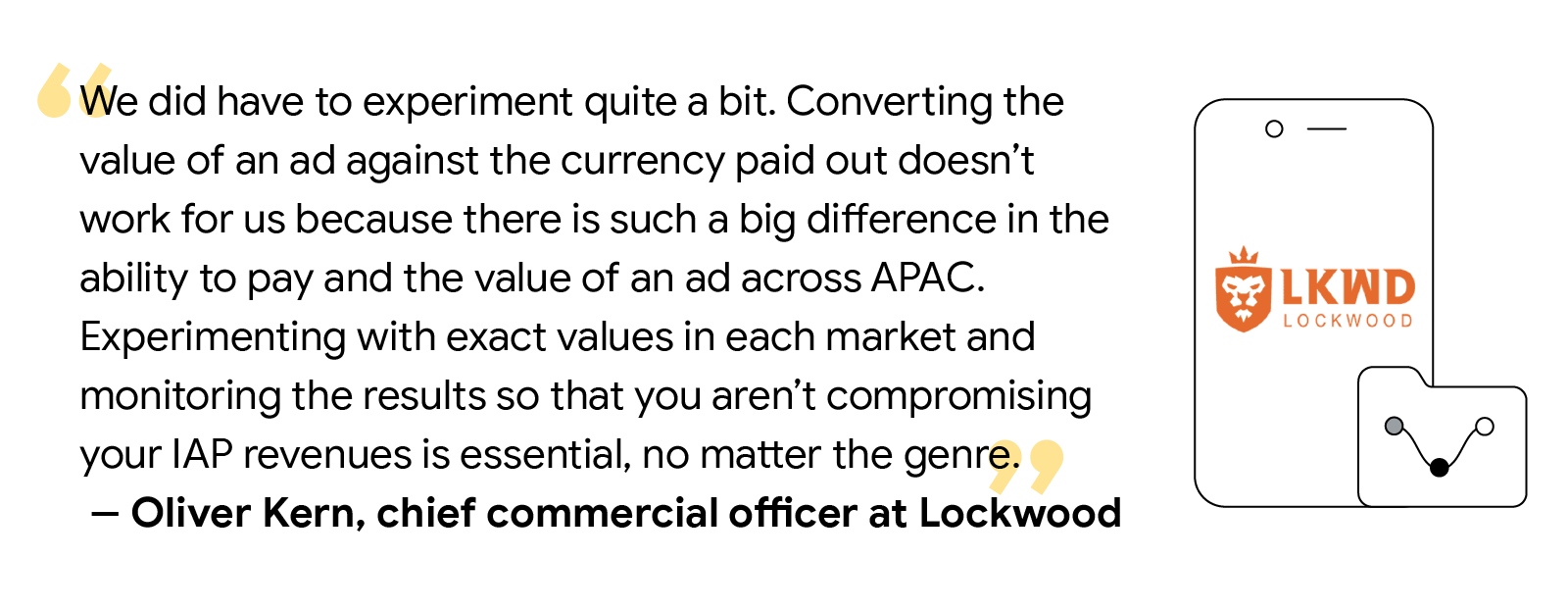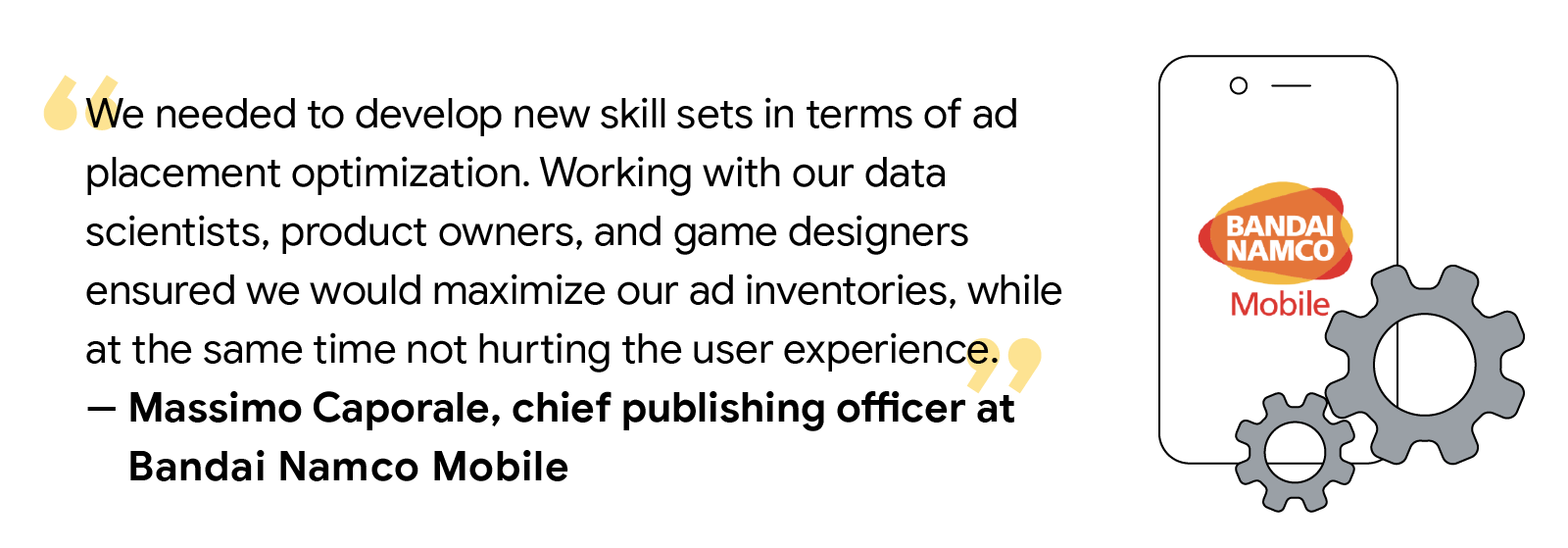Although 2020 was a challenging year for many industries, mobile gaming saw strong gains. Over the past 12 months, the platform-in-a-pocket has broken new records in revenue, users, and growth. By the end of this year, it’s estimated that there will be nearly 3 billion players worldwide across all platforms. Mobile gaming, in particular, is set to grow 4.4% year-over-year and generate $90.7 billion in revenue as developers further embrace mobile as a gaming platform.
The rising popularity of mobile games has spurred many innovative ways for monetizing them, including via non-fungible tokens (NFTs), blockchain, and brand activations. Increasing privacy awareness, which has led mobile gaming companies to review and evaluate their privacy measures, has also created an opportunity for game developers to further evolve their business and find new ways to optimize growth.
A winning strategy that is gaining popularity is hybrid monetization. It uses a combination of in-app purchases (IAP) of special features or items, and in-app advertising (IAA) strategies such as banner ads, native ads, rewarded ads, interstitial ads, and offerwalls, to grow gaming revenue while delivering an engaging player experience.
To help game developers find ways to make the most of this hybrid monetization strategy, we commissioned a playbook by Newzoo. The leading games analytics provider interviewed top game developers about their approach to hybrid monetization and took a close look at games that successfully used hybrid monetization in novel and impactful ways.
The full hybrid monetization playbook includes comprehensive insights from 12 game developers around the world. Here is a selection of four key learnings from them that every game developer should know to help them come up with winning and innovative game monetization strategies.
1. Approach hybrid monetization as a game design challenge
Consider the hybrid design of your game as you plan your monetization strategy. This ensures that the user experience is enhanced rather than disrupted. One way to do this is to create game loops that thoughtfully incorporate both IAP and IAA to encourage participation.
Casual, hybrid-casual, and mid-core games are best suited for a balanced hybrid monetization strategy. Having at least 20% of one monetization type, such as IAA or IAP, can be considered a robust hybrid strategy.

Unlocking the strategy: The casual shooter game Agent Bone, for example, combines direct IAPs, subscriptions, battle passes, rewarded ads, interstitial ads, and pay-to-remove ads in its game design. Players often encounter rewarded playable ads with tryouts of locked game items such as new weapons and characters, which helps promote IAP.
2. Think of attention as a currency
Players are accustomed to receiving in-game gifts from developers, especially in the early consumer journey. But as hybrid monetization becomes more commonplace and players’ expectations for ad frequency shift, developers are starting to evolve their “free” rewards approach and replace them with rewarded videos instead.
In fact, developers reported having the most success with rewarded videos out of all the IAA models. When they are well designed and executed, various player types can be motivated to watch rewarded videos at key points in their daily user journey without compromising IAP.

Unlocking the strategy: Time is money. Developers can use player attention as a form of currency and allow players to directly unlock bonuses or game items with ad views, or convert their ad views to other in-game currencies.
Hunt Royale is a game that has had success with rewarded videos. It sprinkles rewarded videos at various points in the user journey. Players may encounter up to 19 rewarded videos a day, and they are encouraged to watch at least 10 ads per session through an “ad mega-box” that is only unlockable through ad views. These benefits mean that frequent ad engagement becomes the most rewarding and efficient way for players to enjoy the game.
In some cases, developers can even consider rewarded video views as its own currency. In the instance of RPGs, which are historically IAP-only, Hero Wars stands out for its unique way of implementing rewarded video views as a currency. It has a “theater” that functions like a shop, allowing players to receive an ad ticket for every time they watch a 30-second playable ad. These tickets can be used to buy the three main currencies in the game (gems, gold, and energy) as well as raid tickets.
3. Experiment thoroughly and relentlessly
Every country has a unique user behavior baseline, such as attitudes toward interstitial advertising and an acceptable level of game notifications per day. It is therefore important to test, learn, and customize the game monetization for each country market. This will help optimize ad value and avoid compromising IAP revenue.

Unlocking the strategy: Rigorous A/B testing, data science, and a robust analytics infrastructure underpin a powerful optimization machine for monetization. For those new to hybrid monetization, trial and error is to be expected and should be embraced as a key part of the process.
4. Have the right skill sets on your team
Given the extensive experimentation and testing required to optimize ad placements and IAP offerings, it is critical for game studios to have game designers, product owners, and data scientists who have a complete understanding of both IAA- and IAP-optimized design.

Unlocking the strategy: Building a team with diverse skill sets and knowledge of IAA- and IAP-optimized game design will help game studios effectively implement multiple types of game monetization styles. This means they are likely to be more adaptable to changing player behaviors and any disruptions in the gaming landscape, and better positioned to ride the mobile gaming wave.
As the role and function of games in society continue to evolve, so too will the way developers monetize their games. Although there is no one-size-fits-all strategy for hybrid monetization, these lessons from leading game developers will hopefully inspire others to pursue a path to a winning strategy.
4 things game developers need to know for a winning strategy:








